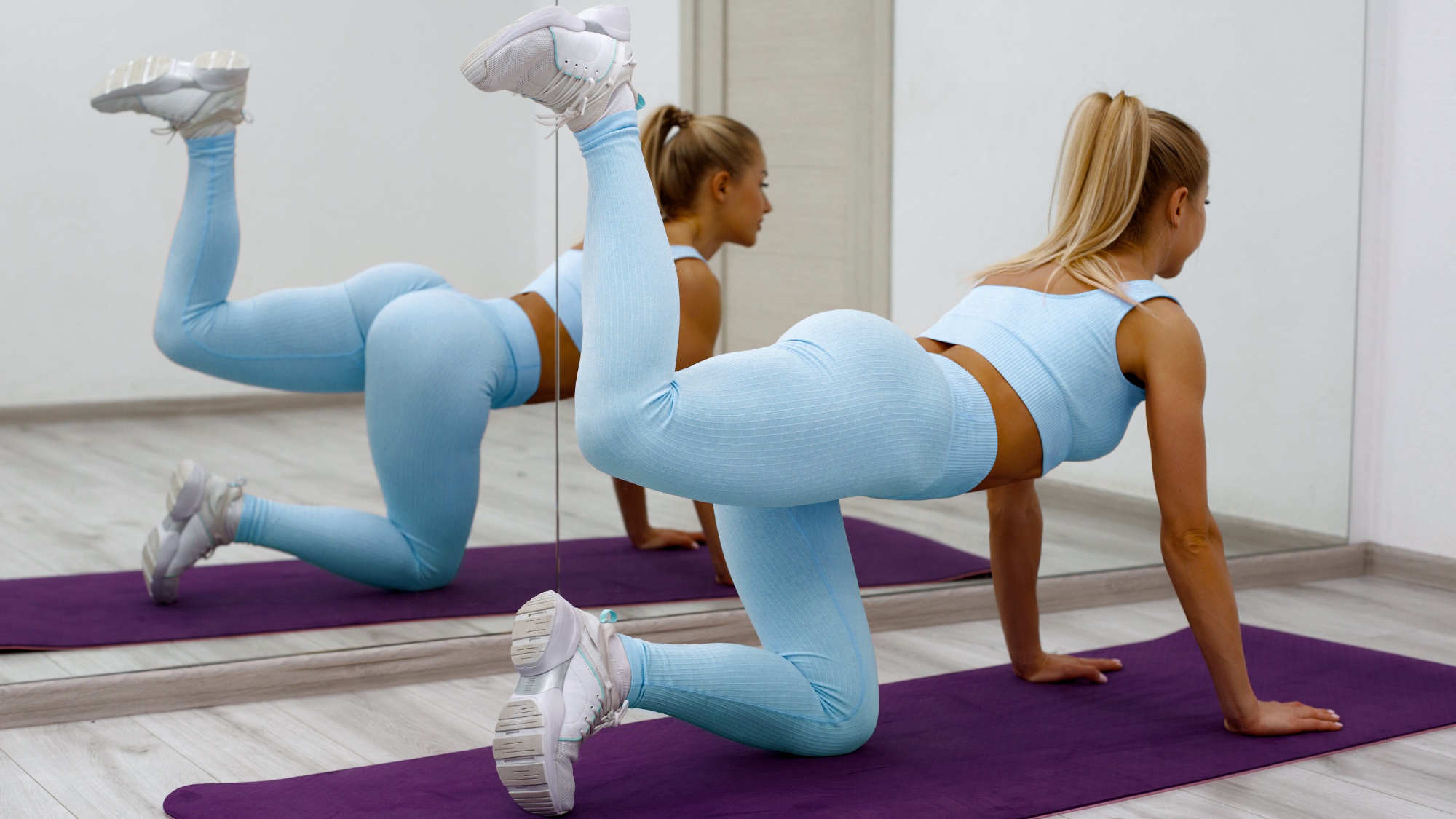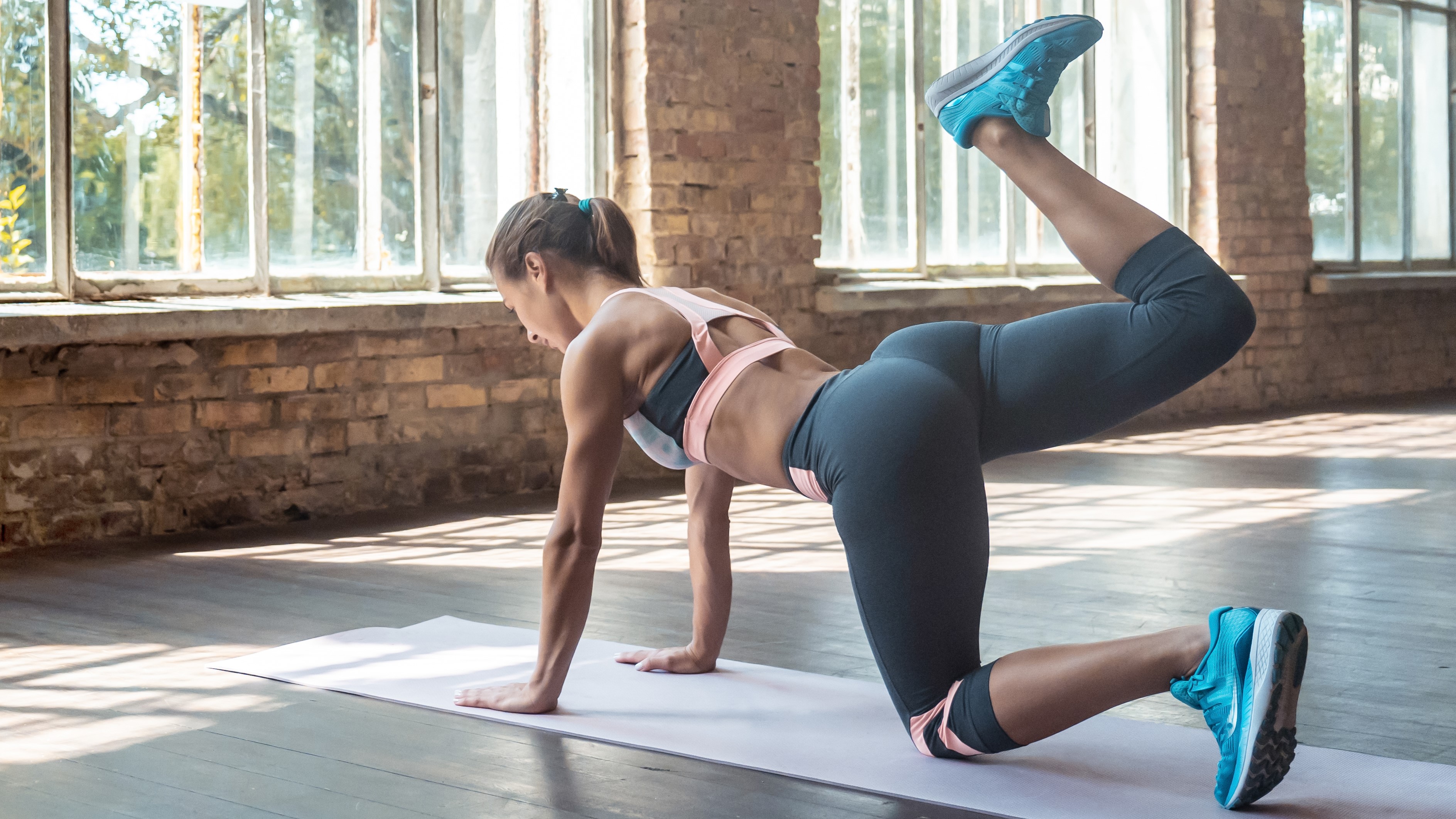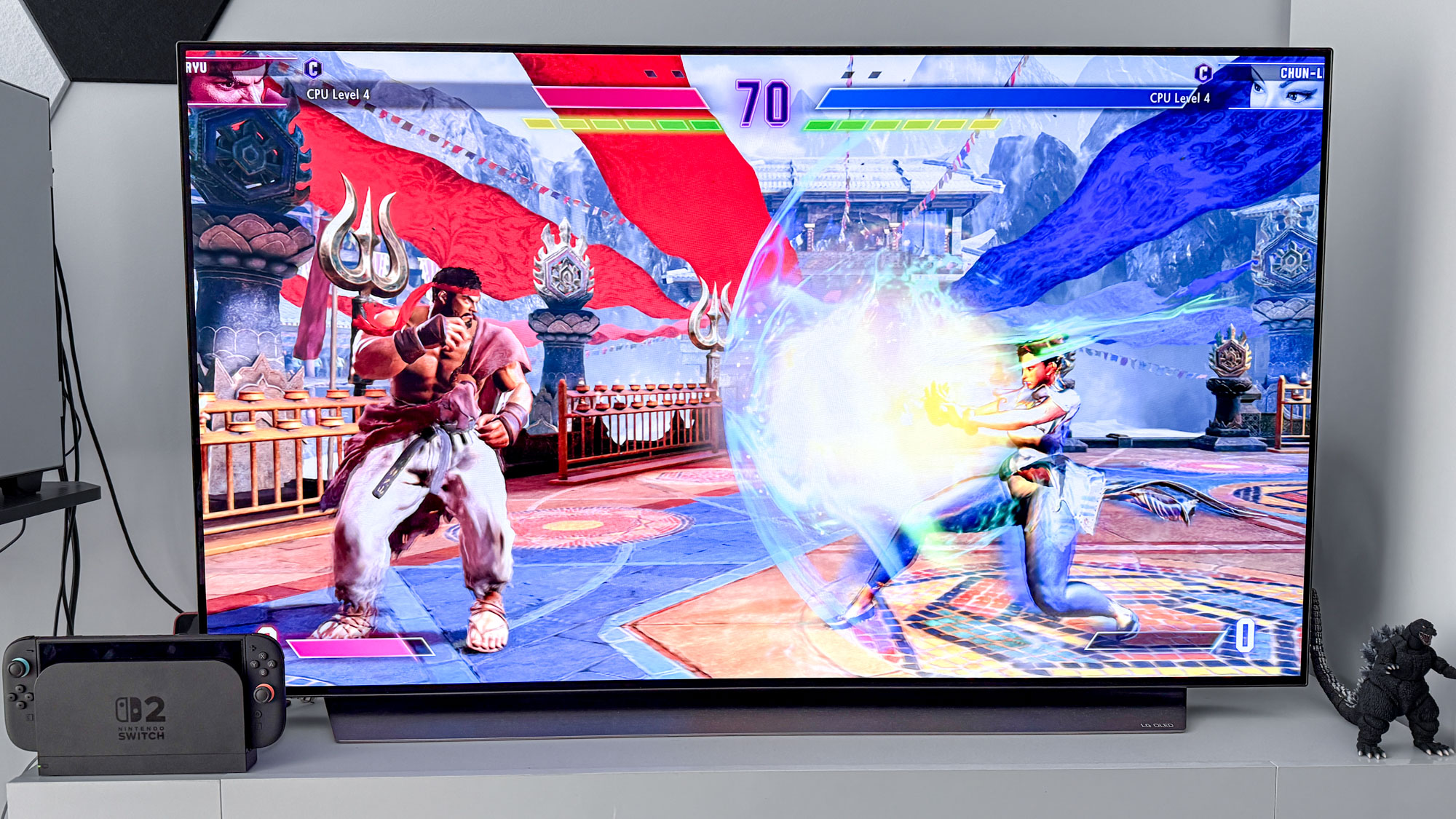I did 100 weighted donkey kicks every day for a week — here’s what happened to my body
One move to challenge your glutes

Some body-weight exercises look impressive when they’re performed properly, such as press-ups in all their variations (for example, the incline).
With these moves, you can look and know instantly that hard work is involved and it will pay off. And some exercises look a little weird and less than dynamic, but still get the job done — I give you the Superman.
Finally, we come to the moves that were conceived with no consideration for personal dignity but are far more effective than they look. Into this collection, I confidently my latest challenge, the donkey kick, with added weight.
What is a donkey kick?

If you’ve seen a donkey (or a mule, of course) kick out in anger, you’ll have an idea of what the donkey kick exercise involves. Incidentally, the exercise is also known as the quadruped bent-knee hip extension, but I think donkey kick does a far better job of telling you what’s involved.
It's a bodyweight move that primarily targets the gluteus maximus, the biggest of the glute muscles. Most of us spend far too much time sitting down — I get it, the glutes are an ideal cushion, but that’s not what they’re designed to do.
Their chief role is to stabilize and support the pelvis and hip, which doesn’t sound a lot, but if your glutes are not doing their job you’re going to have trouble running, jumping, and lifting heavy objects. Furthermore, the stability they provide helps protect against lower back pain and knee injury.
The glutes also aid good balance and posture. But there is also, of course, the aesthetic aspect. If you’re after a firm, toned butt, this is one exercise to add to your routine.
How to do weighted donkey kicks
I suggest you use a yoga mat for this exercise, as it can be tough on the knees. For the added weight, place a dumbbell in the crook of your knee. Ankle weights are a better bet for ease of movement, but dumbbells are generally easier to come by.
- Begin on all fours, knees hip-width apart and stacked directly under your hips, hands in line with your shoulders. Arrange the dumbbell securely across the back of your knee. I suggest you do this movement in shorts or leggings, as the weight will sit better.
- Engage your core to help maintain a flat back, and tuck your chin in a little.
- Keeping a 90-degree bend in your knee with your foot flat, raise your right leg towards the ceiling. Do not raise your leg to the point that your back begins to arch or your hips begin to rotate. The back of your thigh should be in line with your back as you imagine pushing your foot against a (very low) ceiling.
- Squeeze your glute at the top of the move before smoothly lowering your leg. Do not let the knee of your moving leg touch the floor. That’s one rep.
- Complete all reps on one leg before changing sides. Be sure to place the weight carefully. Aim for 20 reps on each leg and do two or three sets.
I go into some of these challenges with a jaunty, devil-may-care attitude, believing my fitness level will see me through with few problems. I should have learned by now that this is a bad place to begin. And I had not given enough consideration to keeping a 10lb dumbbell in place.
It's a challenging exercise
On the first day, I thought I’d do 50 on each leg and be done with it. My body took another position, which can be boiled down to this: nope. After 30 with the right leg, I had to stop, do 30 on the left, and then return for a final 20 on each.
My upper leg felt heavy and my glutes reminded me for the rest of the day that I’d asked a lot of them. I had to tense my leg muscles to keep the weight in place, which wasn’t ideal.
I learned to trust my body
I had a suspicion my body would take note of the challenge and respond accordingly. And it did. By day three I could do two sets of 30 on each side without calling for help, and by the end of the week, I could perform 40 reps on each.
Obviously, I had not built strength in seven days, but I had woken up those muscles, and they had, after a little practice, shown me what they were capable of. Yours are probably the same. If we pay attention, our muscles will reward us.
Your body will also let you know if it’s not happy. If you find excessive pressure on your resting knee, it’s probably because you’re leaning too heavily on it as you raise the other leg. Ensure you remain balanced throughout; keep your hips level and your back straight.
It's important to choose the right weight
The weight adds difficulty, of course, but I found it also took focus away from my form. Initially, I had to slow down and concentrate on the movement to ensure the dumbbell didn’t slip one way or the other and crash to the floor.
It became easier as the week went on, but I was always aware of my effort to keep the weight in position. The debate between high reps or heavy weights is still hotly contested, but, ultimately, both work to build muscle and strength
My opinion is that, with this move, the heavier the weight, the greater the chance it will slip from your grip, so you’ll have to work harder to keep it in place. I suggest keep it light and increase the reps if you find things becoming too easy.
My verdict on the weighted donkey kicks challenge
This move will strengthen and build your glutes, so I’m all for it. You won’t see any change after seven days (and you don’t need to hit the 100 mark) but you will feel results.
At the beginning of the week, I had that residual workout feeling for hours afterward, but by the end of the challenge, the tightness passed within minutes.
One day, I went for a run after warming up with the donkey kicks and felt I was in my stride sooner than usual. The glutes are hugely important for running, but when they’re weak or not firing properly, the hamstrings step in to compensate, which can lead to injury.
The donkey kick is an effective and relatively easy move to master. However, if you feel self-conscious about slightly odd movements (even at home), try squats or lunges.
With or without weights, these work muscles other than the glutes and also throw in a little cardio work. And they’re more dignified. Just.
More from Tom's Guide
Sign up to get the BEST of Tom's Guide direct to your inbox.
Get instant access to breaking news, the hottest reviews, great deals and helpful tips.
John is a writer and editor based in London. He was worked for magazines such as Runner’s World, Men’s Health, Women’s Health and Cosmopolitan. A keen runner, what he lacks in ability he makes up for with enthusiasm and excuses.


